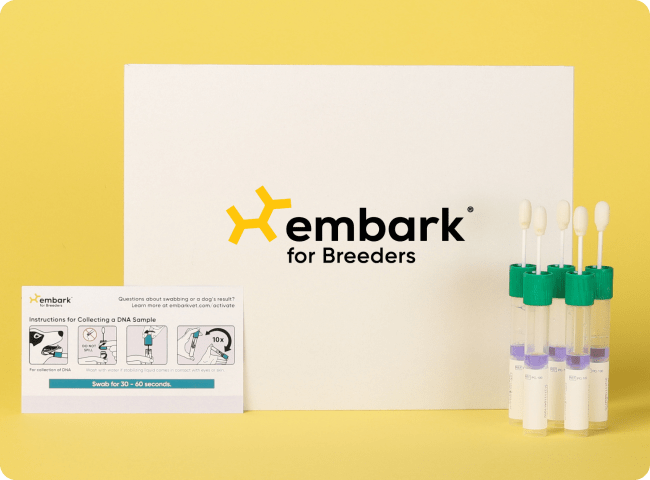Indian Indigenous Dog
Illustration courtesy of the Swedish Kennel Club
The 60 million Indian pariah dogs, or village dogs, represent the largest village dog population in the world. These dogs are often independent but can be very playful and loyal companions.
Fun Fact
Though almost all female dogs are in heat twice a year, Indian native dogs are only in heat once a year (seasonally), like wolves and wild canids.
-
About the Indian Indigenous Dog
The Indian subcontinent contains approximately 50 million dogs (nearly as many as the United States has), split evenly between rural (village) and urban (street) dogs. Indigenous Indian land races and breeds include the classic Indian pariah dog (INdog), Mudhol (Caravan) hounds, Chippiparai, Combai and Kanni. Indian dogs are at a crossroads of the dog population: while they show unique genetic signaturesall their own, they also show gene flow from neighboring populations, including the Middle East, Central Asia, and East Asia. Indian dogs are generally short coated and medium-sized, with a slender build and an independent spirit.
Unfortunately, many street dogs in India lack access to proper food or veterinary care, and in many areas, stray dogs are routinely killed in an effort to lessen the number of people injured by dog bites or killed by rabies infection. India records around a third of the worldwide human rabies deaths every year (around 20,000 deaths per year in India). In recent years, programs have started in many Indian cities to vaccinate and spay/neuter village dogs in order to reduce the harms associated with large numbers of feral dogs in a city (especially rabies).
Learn about your dog's genetic breed ancestry with Embark
Dog owners
Breed identification, health and trait insights, personalized care recommendations, and the world’s first canine relative finder—all in one leading dog DNA test.
Learn about the report for dog ownersShop the test
Breeding programs
Embark’s test for breeding programs is one comprehensive DNA test designed with your needs in mind.
Learn about the report for breedersShop the test


